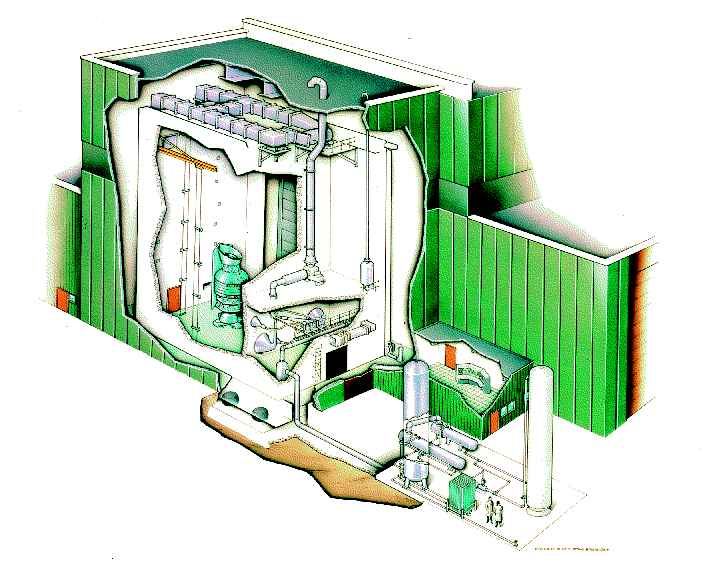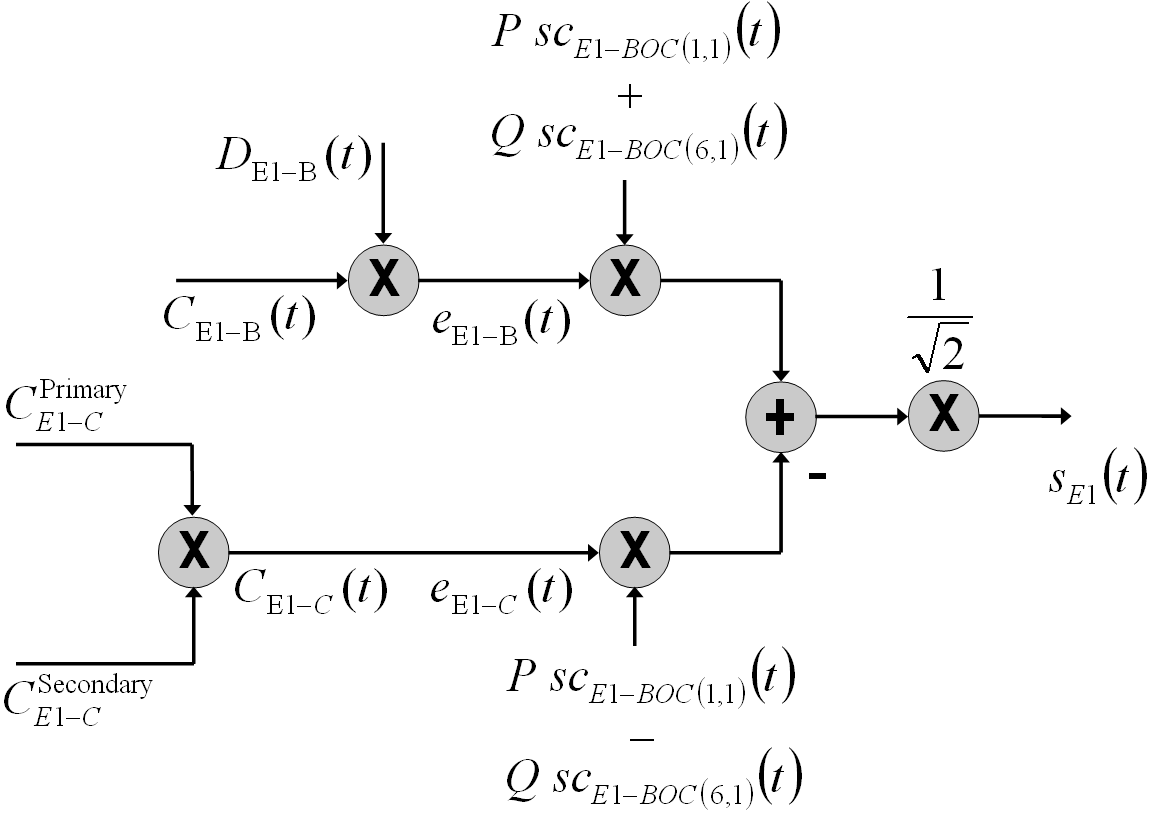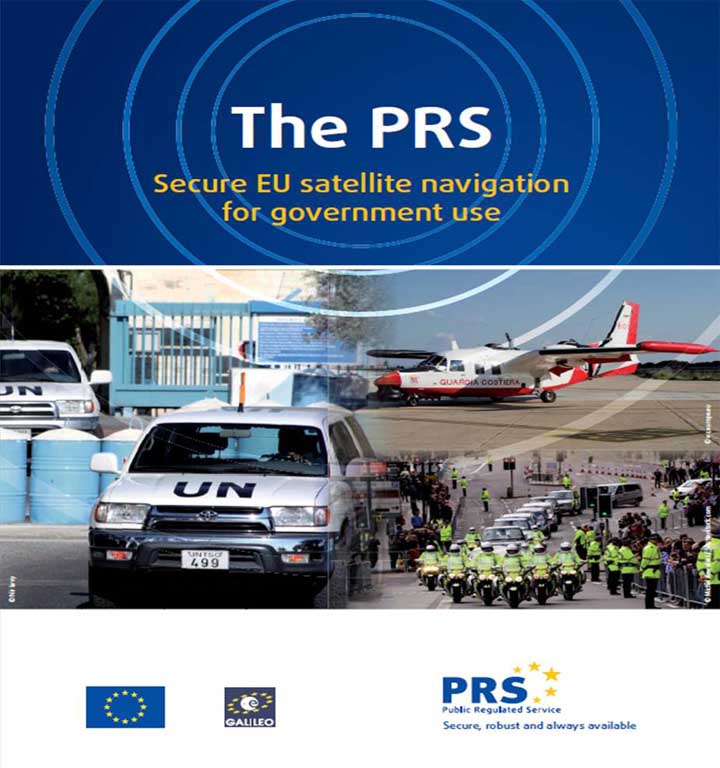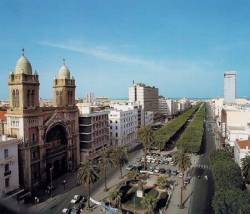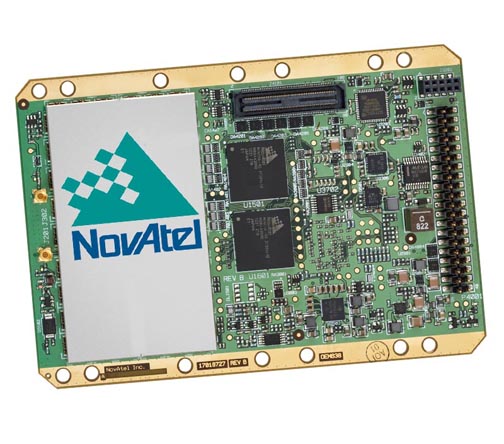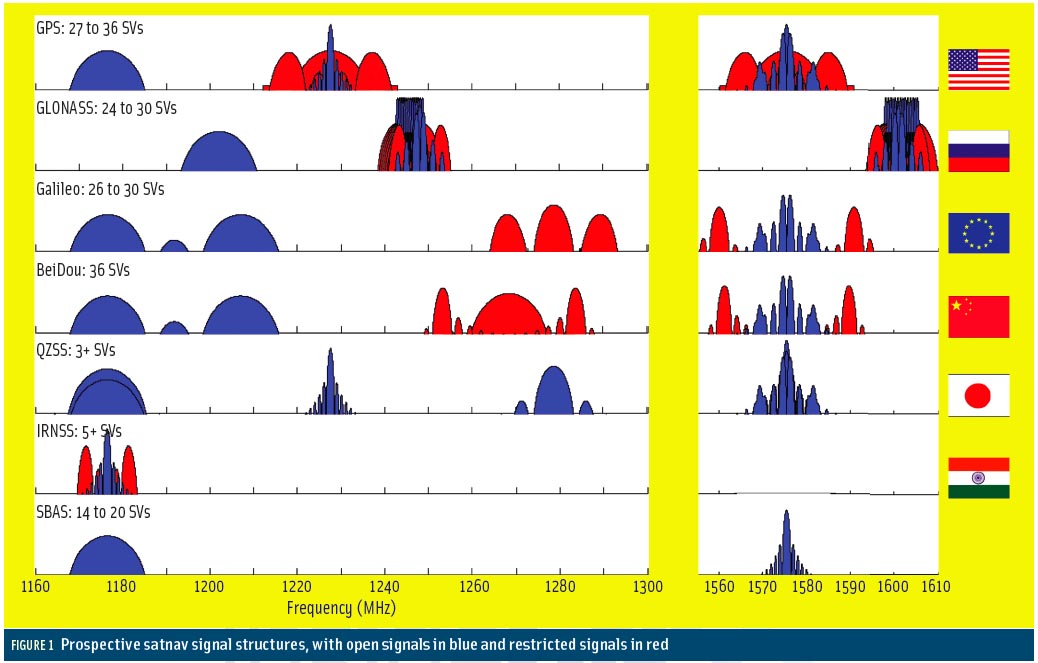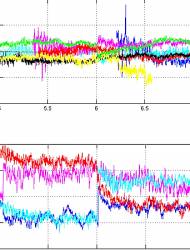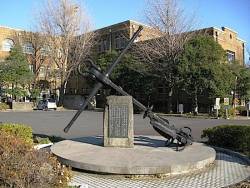Galileo to Miss Another Launch Date as Tests Continue on FOC Satellite
As engineers painstakingly work their way through tests of the first full operational capability (FOC) Galileo satellite at the European Space Agency’s European Space Research and Technology Center (ESA/ESTEC) in Noordwijk, The Netherlands, European space sources admit that the new generation spacecraft’s maiden voyage will not occur until December 28, if then.
By Inside GNSS
